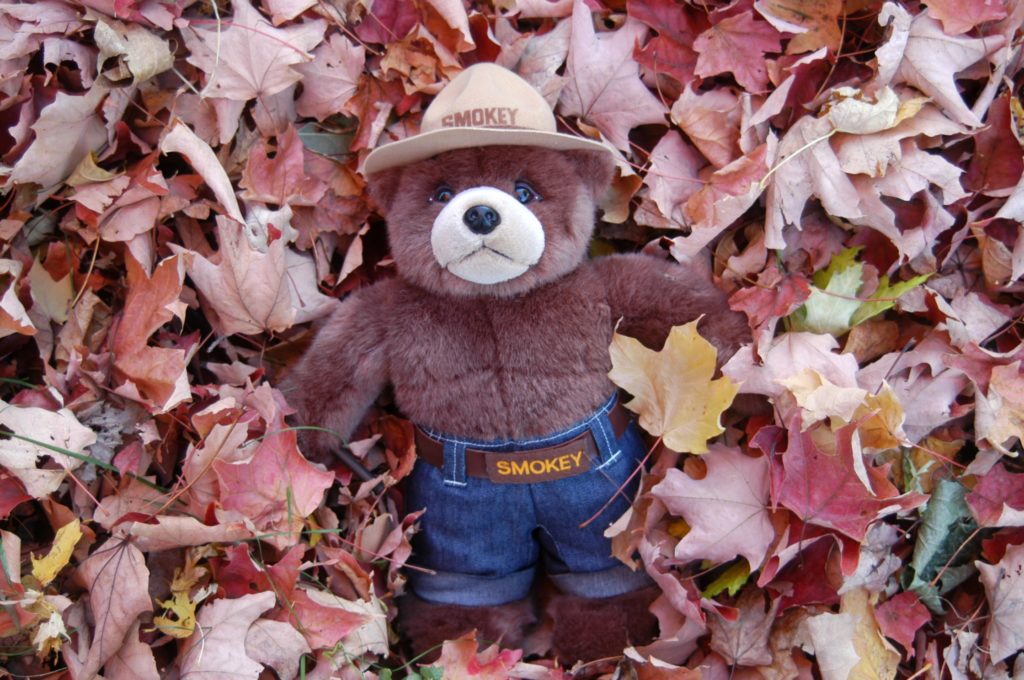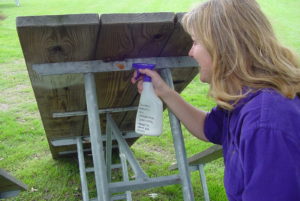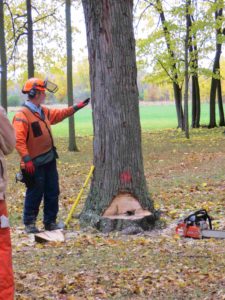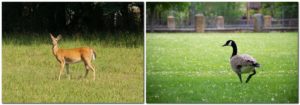 That swish and crunch of autumn leaves underfoot is the sound of opportunity as home composting grows in popularity around the state. By composting and mulching fallen leaves, Wisconsin residents are improving the state’s air quality, reducing wildfires, and giving their communities an economic boost.
That swish and crunch of autumn leaves underfoot is the sound of opportunity as home composting grows in popularity around the state. By composting and mulching fallen leaves, Wisconsin residents are improving the state’s air quality, reducing wildfires, and giving their communities an economic boost.
Wisconsin generates about 500,000 tons of compostable waste materials, like yard clippings, leaves, branches and food scraps, each year. As composting becomes easier and more popular, these materials are kept out of landfills and reused to make valuable garden products. Composting leaves also reduces burning in fall and less burning means healthier and more beautiful air all year long, and less chance of a spark starting a wildfire.
Using leaves for mulch and compost can save individuals money on fertilizer and save municipalities money on yard waste collection and relieves communities of the hazards of burning. Because of these economic and environmental benefits, the DNR continues to work with nonprofits, local governments and businesses to facilitate the growth and expansion of composting operations in Wisconsin. Continue reading “Rake in the benefits by composting instead of burning leaves” →



 That swish and crunch of autumn leaves underfoot is the sound of opportunity as home composting grows in popularity around the state. By composting and mulching fallen leaves, Wisconsin residents are improving the state’s air quality, reducing wildfires, and giving their communities an economic boost.
That swish and crunch of autumn leaves underfoot is the sound of opportunity as home composting grows in popularity around the state. By composting and mulching fallen leaves, Wisconsin residents are improving the state’s air quality, reducing wildfires, and giving their communities an economic boost.
